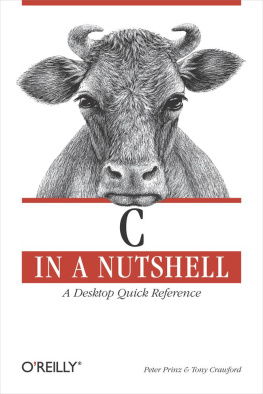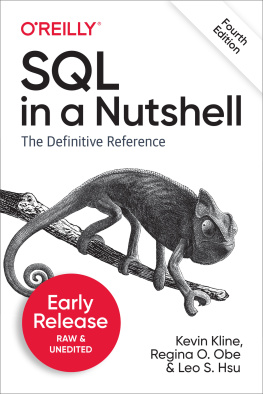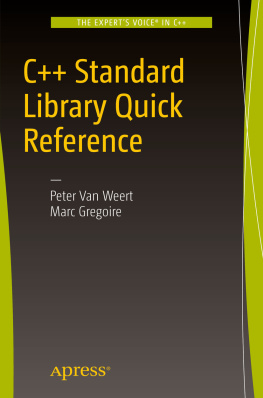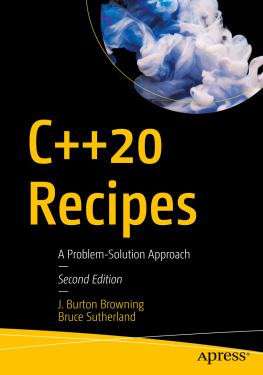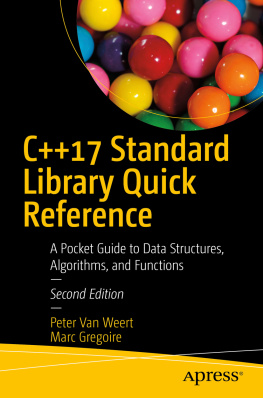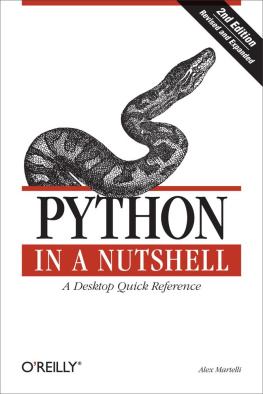Peter Prinz - C in a Nutshell: The Definitive Reference
Here you can read online Peter Prinz - C in a Nutshell: The Definitive Reference full text of the book (entire story) in english for free. Download pdf and epub, get meaning, cover and reviews about this ebook. year: 2015, publisher: OReilly, genre: Computer. Description of the work, (preface) as well as reviews are available. Best literature library LitArk.com created for fans of good reading and offers a wide selection of genres:
Romance novel
Science fiction
Adventure
Detective
Science
History
Home and family
Prose
Art
Politics
Computer
Non-fiction
Religion
Business
Children
Humor
Choose a favorite category and find really read worthwhile books. Enjoy immersion in the world of imagination, feel the emotions of the characters or learn something new for yourself, make an fascinating discovery.

- Book:C in a Nutshell: The Definitive Reference
- Author:
- Publisher:OReilly
- Genre:
- Year:2015
- Rating:5 / 5
- Favourites:Add to favourites
- Your mark:
C in a Nutshell: The Definitive Reference: summary, description and annotation
We offer to read an annotation, description, summary or preface (depends on what the author of the book "C in a Nutshell: The Definitive Reference" wrote himself). If you haven't found the necessary information about the book — write in the comments, we will try to find it.
The new edition of this classic OReilly reference provides clear, detailed explanations of every feature in the C language and runtime library, including multithreading, type-generic macros, and library functions that are new in the 2011 C standard (C11).
If you want to understand the effects of an unfamiliar function, and how the standard library requires it to behave, youll find it here, along with a typical example.
Ideal for experienced C and C++ programmers, this book also includes popular tools in the GNU software collection.
Youll learn how to build C programs with GNU Make, compile executable programs from C source code, and test and debug your programs with the GNU debugger.
In three sections, this authoritative book covers:
C language concepts and language elements, with separate chapters on types, statements, pointers, memory management, I/O, and more
The C standard library, including an overview of standard headers and a detailed function reference
Basic C programming tools in the GNU software collection, with instructions on how use them with the Eclipse IDE
Peter Prinz: author's other books
Who wrote C in a Nutshell: The Definitive Reference? Find out the surname, the name of the author of the book and a list of all author's works by series.

